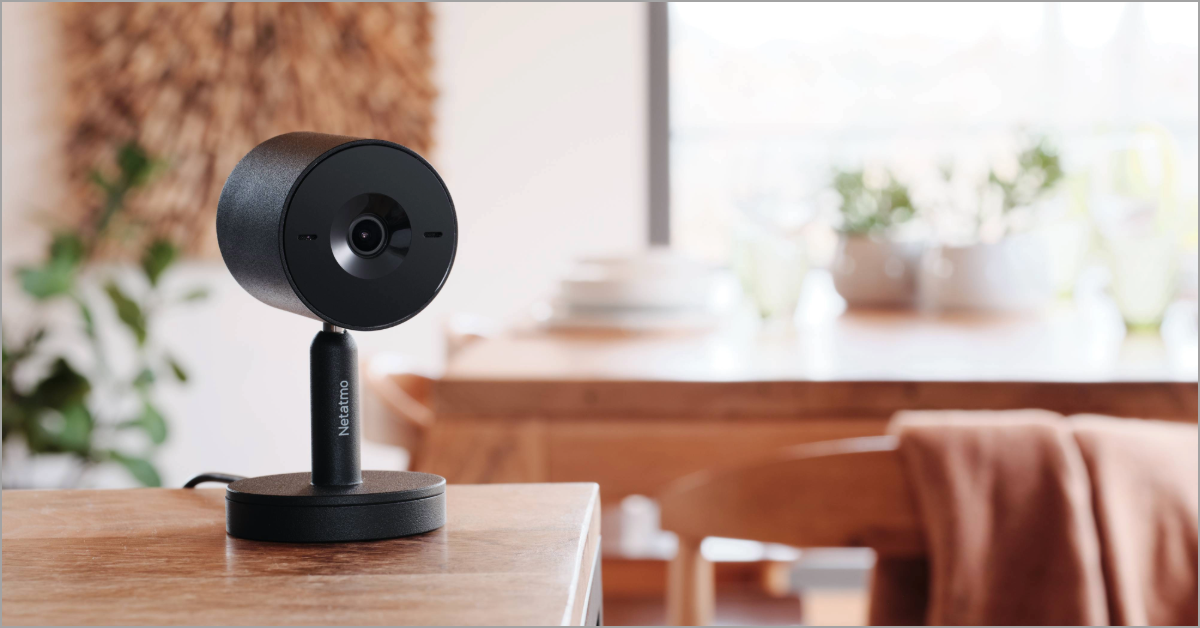
New Indoor Camera Advance

Fire safety systems are comprised of various elements to effectively detect a fire and sound the alarm in the event of an emergency.
UK government guidelines recommend checking your smoke alarms once a month, to ensure that they’ll be able to effectively sound the alarm if there’s a fire at the property.
Since October 2015, it’s been a legal requirement for UK landlords to install smoke and carbon monoxide detectors throughout their properties, subject to specific fire safety guidelines.
Some domestic properties, as well as corporate premises and buildings that are open to the public, are likely to feature more complex fire safety systems.
These systems tend to include the following equipment, among other fire safety devices:
Central control panel
The control panel coordinates the function of the smoke detectors and fire sirens throughout the premises.
Automatic and manual fire alarm triggers
Smoke detectors will automatically trigger the fire alarms, but manual trigger options are also very important. That way, building users can set off the fire sirens if they notice a fire risk, even before the smoke detectors have picked up on it.
Fire extinguishers
These should be strategically located throughout the building and accompanied with clear instructions for use (these will often include pictorial elements).
Clear evacuation signage
Emergency evacuation instructions must be permanently on display in buildings that are open for public use. It’s especially important to provide adequate evacuation signage in premises open to the public that operate at low light levels, such as theatres, cinemas and hotels.
Automatic call to the emergency services
Sophisticated fire alarm systems will place an automatic call to the emergency services in the event of a fire. That way, help will be at hand as soon as possible.
Fire safety systems are complex wholes formed of interconnected parts.
The latest UK fire safety regulations – British Standard 5839-6:2019 – outline the various categorisations of fire detection and fire alarm systems, based on the levels of protection these provide.
Smoke detectors are, primarily, designed to pick up on unusual levels of smoke in the building.
Many smoke detectors are also able to detect toxic fumes, such as carbon monoxide, as well as non-toxic fumes, such as water vapour.
So, make sure you don’t install your smoke detectors where they’re likely to be triggered by steam. Place them in your home’s hallways and landings (areas that are vital for safe evacuation in the event of a fire) and not in kitchens or bathrooms.
To increase fire safety in your home’s kitchen, why not install a heat detector instead? Remember, though: in the UK, fire safety regulations state that heat detectors cannot be installed as a substitute for smoke detectors in domestic premises.
Smoke detectors are designed to automatically trigger a fire siren when they pick up on signs of fire in a property.
But, many fire alarm systems also include manual trigger functions, allowing residents to sound the alarm themselves.
This could include fire extinguishers, fire blankets and fire hoses.
These can be used by residents of domestic properties, employees in corporate buildings and members of the public, as well as by trained emergency response personnel.
Did you know that modern-day fire safety sirens actually get their name from the sirens of Greek mythology? Infamous for their beautiful music and captivating singing voices, the sirens would lure passing sailors towards their island so that their ships would be wrecked on its dangerously rocky shores.
There are a couple of key factors to bear in mind when choosing the correct fire safety systems for your premises. What sort of fire siren will you need? How’s best to install your fire safety equipment?
All fire alarms must be able to wake a deep-sleeping adult, in order to keep residents safe around the clock.
So, fire alarms are designed to emit sound at a level of 85 decibels from a distance of 3 metres.
If you’re deaf or have hearing difficulties, there are many fire siren devices specifically designed for your needs.
Landlords and home owners are free to choose what type or model of smoke detectors, carbon monoxide detectors and fire alarms they install in a premises, as long as they comply with legal guidelines.
UK landlords are legally required to include smoke detectors on every floor of their properties that is used as living space.
They’re also required to provide carbon monoxide detectors in every room that contains a device that burns solid fuel, such as wood or coal.
If you’re looking for more flexibility in your fire safety system, wireless devices could be the best option for you.
You could save on installation costs by going for a DIY method, rather than paying for a professional to install wired fire safety devices into the walls of your property.
Plus, wireless detectors and alarms can be moved wherever you like around the building, so you can optimise your fire safety set-up.
If you’re a frequent mover or a renter, you’ll also be able to take your wireless fire safety devices with you as you progress from home to home.